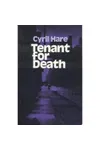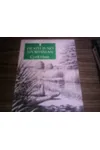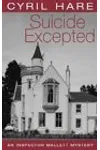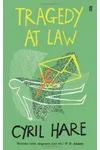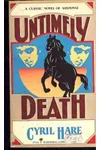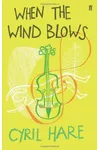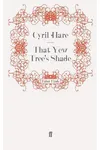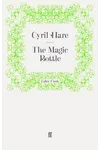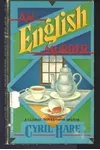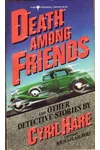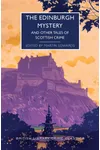Picture a British barrister spinning courtroom drama into gripping whodunits—meet Cyril Hare! Born Alfred Alexander Gordon Clark, this legal eagle turned crime fiction maestro captivated readers with his sharp wit and intricate mysteries. His masterpiece, Tragedy at Law, is a legal thriller so timeless it’s never gone out of print, cementing Hare’s place as a golden age crime fiction legend.
With a knack for blending legal know-how with storytelling flair, Hare crafted tales that feel like a courtroom showdown crossed with a classic Agatha Christie puzzle. Let’s dive into the life, works, and lasting charm of this understated genius of the mystery genre.
The Making of Cyril Hare
Born on September 4, 1900, in Mickleham, Surrey, Alfred Alexander Gordon Clark grew up in a family tied to the wine and spirit trade. Educated at Rugby and New College, Oxford, where he earned a First in History, Clark was destined for law. Called to the Bar at Middle Temple in 1924, he practiced in London’s Hare Court, inspiring half of his pseudonym, with the other half from his home at Cyril Mansions, Battersea. His early career as a barrister and judge’s marshal during World War II gave him a front-row seat to the legal world’s quirks, which he’d later weave into his stories.
Clark’s pivot to writing began with light sketches for Punch, but by his mid-30s, he was crafting detective stories under the name Cyril Hare. His legal expertise and love for clever plotting set the stage for a career that would delight mystery fans for decades.
Cyril Hare’s Unforgettable Stories
Hare’s novels and short stories are a masterclass in blending legal precision with suspense. His most famous work, Tragedy at Law (1942), follows High Court Judge Justice Barber, who faces mysterious threats while touring England’s legal circuits. Inspired by Hare’s own wartime experiences as a judge’s marshal, the novel’s vivid courtroom scenes and clever twists earned praise from P.D. James, who called it the finest detective story set in the legal world.
Other gems include An English Murder (1951), a witty take on class dynamics in a snowed-in country house, and Suicide Excepted (1939), where a near-perfect murder unravels due to an obscure insurance law. Hare’s recurring characters, like the shrewd Inspector Mallett and the relatable barrister Francis Pettigrew, shine in these tales, their realistic quirks grounded in Hare’s legal insights. His short stories, often published in the London Evening Standard, like the chilling The Story of Hermione, showcase his knack for dark irony and surprise endings.
Hare’s style is marked by subtle humor, intricate plots, and a warm, conversational tone that invites readers into his world. Whether exploring legal loopholes or human greed, his stories balance clever puzzles with richly drawn characters, making them as enjoyable today as they were in the 1940s.
Why Cyril Hare Matters
Cyril Hare’s influence on crime fiction lies in his ability to make the law thrilling. His novels, especially Tragedy at Law, remain benchmarks for legal mysteries, inspiring writers and delighting readers with their timeless appeal. As a member of the Detection Club, Hare rubbed shoulders with giants like Dorothy L. Sayers, cementing his place in the golden age of detective fiction.
Despite his death in 1958 at age 57, Hare’s legacy endures through his nine novels and numerous short stories, many collected in Best Detective Stories of Cyril Hare. His work continues to captivate fans of classic mysteries, offering a window into mid-20th-century Britain and the quirks of its legal system.
- Born: September 4, 1900, Mickleham, Surrey
- Key Works: Tragedy at Law, An English Murder, Suicide Excepted
- Pseudonym Origin: Inspired by Hare Court (workplace) and Cyril Mansions (home)
- Notable Role: County Court Judge in Surrey (1950–1958)
Snag Tragedy at Law and dive into Cyril Hare’s world of legal intrigue and clever crime—your inner detective will thank you!
